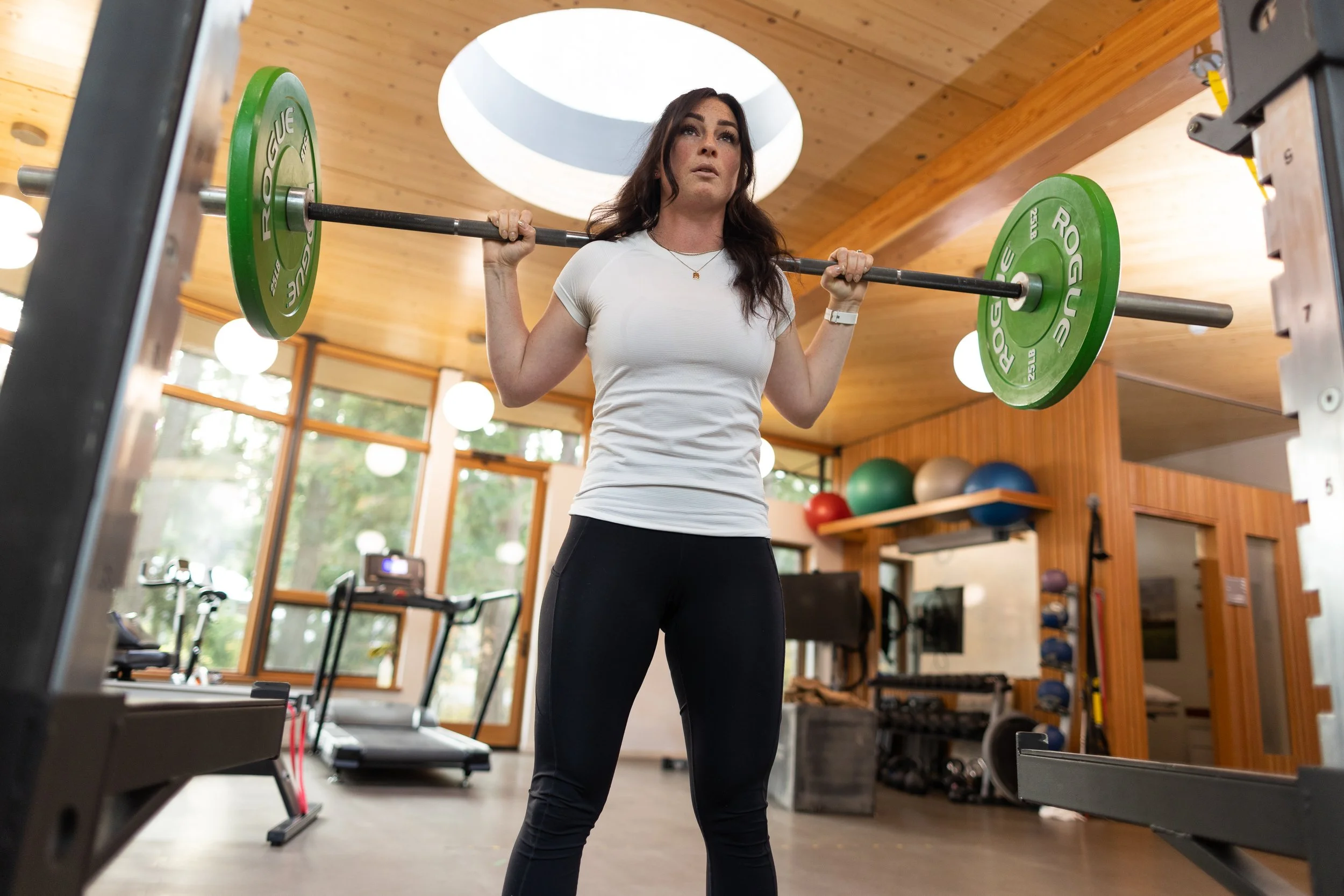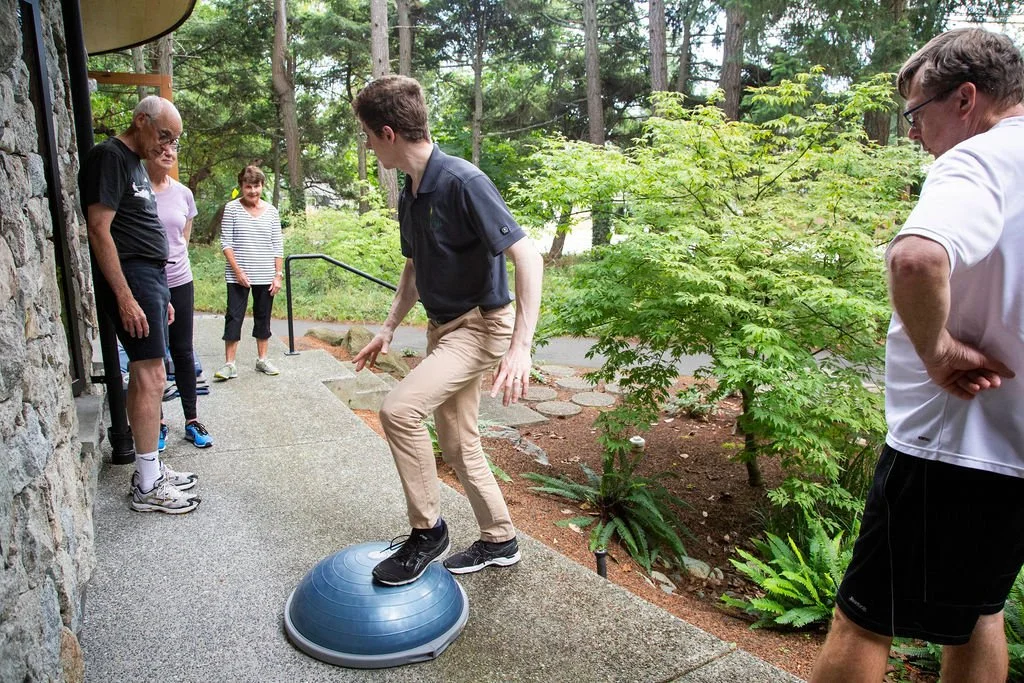A Preventative Approach to Knee Injuries
Typically when we talk about exercise, we’re highlighting its many benefits and how important it is that we do it. However, what we don’t often discuss is how important it is that we do it properly. Now, don’t get me wrong, exercise is awesome and everyone should be doing it. But there are times when we move a certain way or do a certain exercise and it causes pain, or even an injury. Of course, this isn’t the outcome anyone wants.
One of the most common injuries I see in my practice is to the lower body, specifically injuries affecting the knees. So, I wanted to offer some simple tips and tricks that might help prevent these and keep you moving pain-free and out of my office.
3 things you need to prevent exercise-induced knee injuries
Develop your core control. Your core is the link between your upper and lower body and significantly impacts your coordination and the way movement forces are handled in your lower extremities. Keep your exercises functional, and consider planks and woodchoppers (imagine the motion one makes when swinging an ax to chop wood) to develop your core, instead of the usual sit ups and leg lifts. A strong core will take some of the strain off your knees, and give you more strength and stability for the physical tasks you do day to day (even sitting requires a strong core to reduce poor posture).
Develop your ankle mobility. Use the "knee to wall" test to check your ankle mobility (Ankle Mobility Test Video). Ideally we want to see a symmetrical distance between your left and right ankle that is greater than 10 cm. If you’re coming up short, try stretching your calves. More ankle mobility means less stress and strain on your knee joints.
Develop your hip strength. Test yourself with a single-leg squat. Can you keep your hip, knee, and ankle lined up? If not, consider exercises to strengthen your gluteal muscles, and practice that single leg squat motion - a vital component to running, stair climbing, and many sports and activities.
“Your Physiotherapist can help you identify those areas of mobility and stability that need to be improved for your specific body and activity.”
A few principles:
Variety is not only the spice of life… it’s the spice of movement! Alright, cheesy, I know. But an assortment of exercises is a great way to go; if you love the stair climber, for instance, change it up with the rowing machine. Big fan of the cable machine? Try working the same muscles with free weights or just plain old body weight – you’ll be surprised at how many “new” muscles you discover! In each case, listen to your body and don’t overdo it.
Consult with your Physiotherapist. Your Physiotherapist can help you identify those areas of mobility and stability that need to be improved for your specific body and activity. They can also help with some great hands-on techniques to speed up the process, decrease pain, and improve performance.
Have fun! The most important thing about exercise is that it should be enjoyable - choose an activity that you like, or at least one that is important to you and your goals. This helps build and maintain motivation to keep moving - and that’s all that really matters!


































